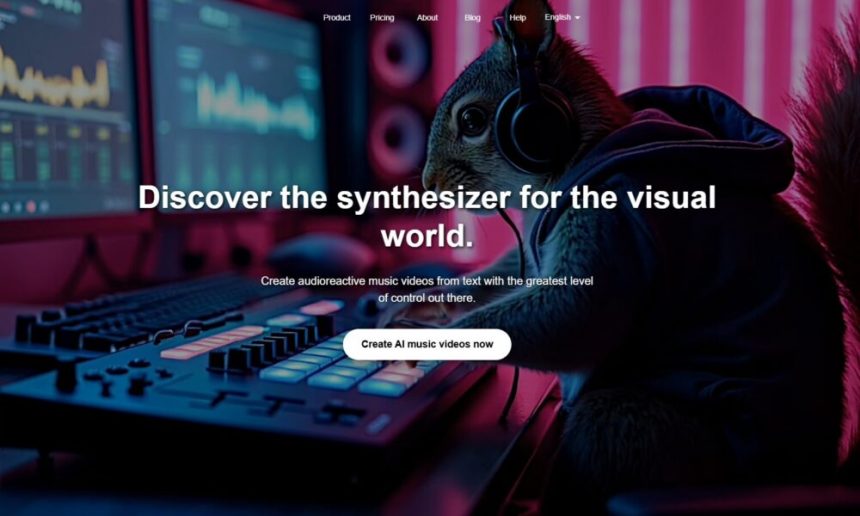The MTV generation may be long gone, but the power of sight-and-sound storytelling is anything but dead. In fact, the music video has splintered into dozens of formats – 30-second vertical teaser clips, looping Spotify Canvases, AI-generated visualizers, and, yes, the classic three-minute epic – that collectively drive discovery, fandom and revenue in 2025.
1) The Data: Visuals Remain a Hit-Maker
A recent Chartmetric analysis found that 36 of the 40 most-streamed tracks released in 2022-23 had an official video, yet those videos still logged an impressive 374 million YouTube views on average – even though the same songs racked up about 1.1 billion Spotify streams.
Meanwhile, the IFPI Global Music Report 2025 shows streaming revenues soaring to US $20.4 billion – 69 % of all recorded-music income last year, proving that every extra spin (or view) matters.
2) Short-Form vs. Long-Form: Two Lanes, One Highway
- Short-form gold rush. TikTok, Instagram Reels and YouTube Shorts now funnel billions of daily views toward 15- to 60-second clips. These snippets set off the viral chain reaction that catapults unknown acts onto global charts.
- Long-form staying power. Premiering a full-length video on YouTube (and, increasingly, inside Spotify) still delivers the cultural moment—press headlines, playlist placement and deep fan engagement that short clips alone can’t match. The smartest campaigns repurpose hero footage into a constellation of shorter edits so nothing goes to waste.
3) Tools of the Trade in 2025
- Generate cinematic visuals in minutes. Platforms such as Neural Frames’ AI music video generator give indie artists the production muscle once reserved for major labels.
- End-to-end AI pipelines. For narrative projects, creative studios use AI film making to blend scriptwriting LLMs, generative art engines and motion-tracking to churn out full storyboards—or entire promos—on demand.
- Sound design on tap. Need that perfect riser or 808 thump? Royalty-free marketplaces such as sample packs put pro-grade stems at DIY filmmakers’ fingertips, ensuring the audio hits as hard as the visuals.
- Lyric videos with no extra effort. You can also create lyric videos pretty easily nowadays. Just use AI video tools and a lyric video maker such as Neural Frames.
4) Quality and Quantity—Not Either/Or
- Anchor every lead single with one standout video. That’s the shareable centerpiece journalists embed and fans re-watch.
- Surround it with lighter lifts. Lyric videos, live-session takes, BTS vlogs and vertical edits keep the algorithm fed between big drops—without bleeding the budget dry.
- Let performance guide spend. If a sleeper track suddenly sparks TikTok dances, green-light a late-cycle video to extend its shelf life (SZA’s “Snooze” strategy in 2023 is now common playbook).
- Invest where the audience is. Latin and K-pop fans still binge long-form; EDM crowds love real-time VJ loops; singer-songwriters see outsized ROI from intimate live-room cuts. Know your lane, then double-down.
5) Where We’re Heading
Spotify’s beta roll-out of full music videos hints at a near-future in which listeners can toggle between audio and video inside the same app. Add in AI tools that auto-generate dynamic backdrops or AR layers, and tomorrow’s “music video” could be something audiences manipulate in real time.
The upshot: visual storytelling hasn’t lost value – it’s been unbundled. Artists who stitch a single song into many visual touchpoints win the algorithmic game and deepen fan loyalty, no matter their budget.








